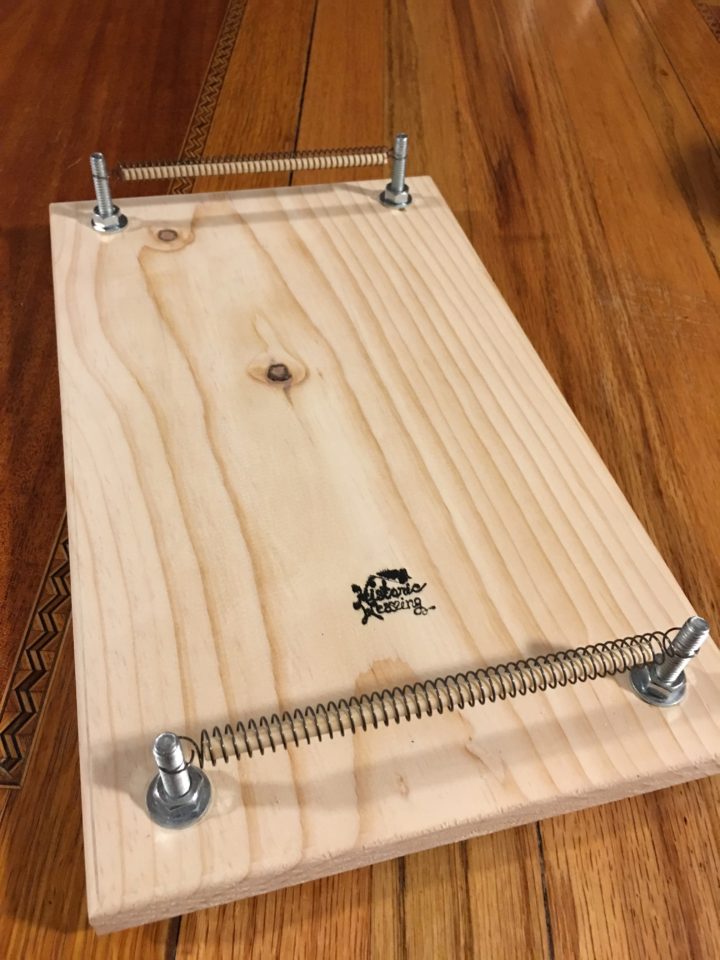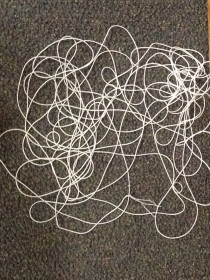
Have you wondered how you could construct enough DIY looms that were affordable for a group students to use?
I have the answer for you, try my six dollar loom. It can be constructed out of parts found at a local hardware store and does not require fancy tools to assemble. It is adjustable, transportable and able to be disassembled flat for storage.
I designed this loom this year for a weaving class at the local library, I was able to produce 20 units for $120 in parts. The hardware parts are also available in bulk from McMaster-Carr allowing you to save even more money if you happen to need even more.
It is as sturdy as a Hockett loom, it is also flexible in that you can easily modify the sett for weaving. My instructions include suggestions for the threads to be used for your very first project.
I will be using this loom design to develop more weaving lessons to be used in the classroom.
The first project is a bookmark, that is expected to take 30-60 minutes to weave in a classroom of new weavers.
To purchase your plans click on this link:
Your purchase helps to fund the cost of hosting these plans and helps to keep weaving accessible to the next generation of weavers.



